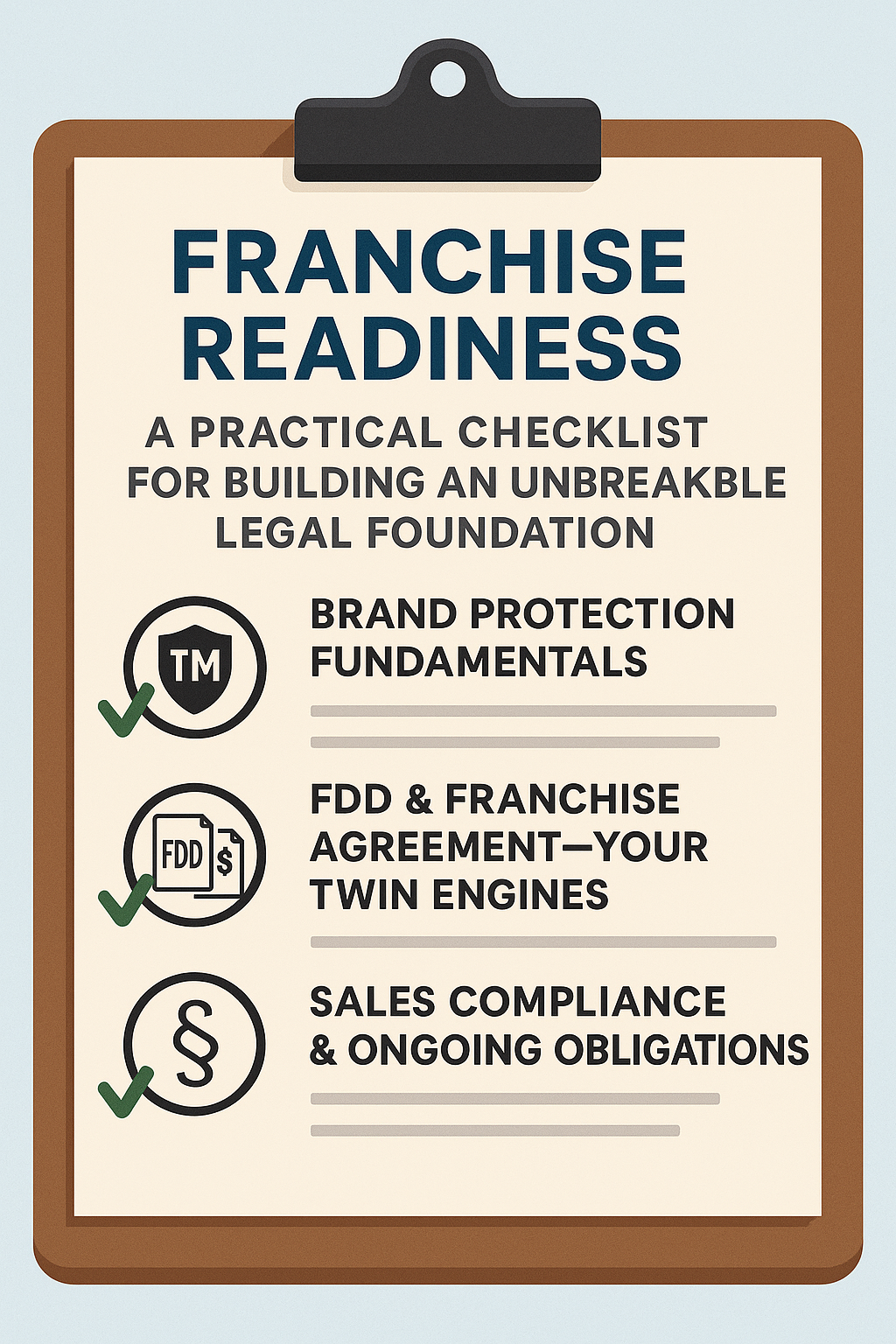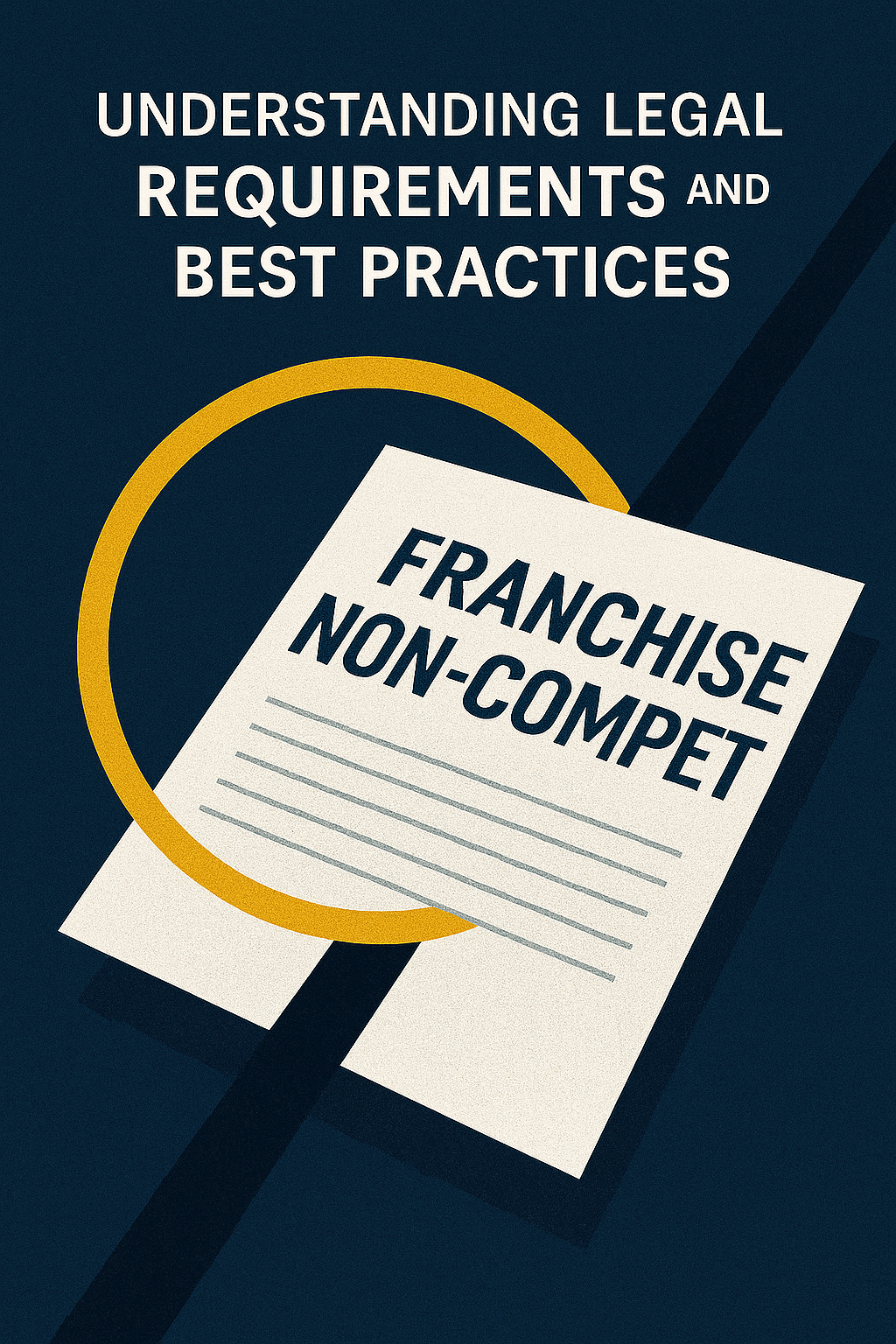In today’s fast-paced business environment, it is essential for companies to constantly adapt to market changes in order to stay competitive. As the market evolves, new trends, technologies, and customer preferences emerge, which can significantly impact your business model. In this article, we will explore various strategies and approaches that businesses can employ to keep their business model competitive in an ever-evolving marketplace.
Understanding the importance of adapting to market changes
Adapting to market changes is crucial for the long-term success of any business. By understanding the importance of staying ahead of the curve, you can position your company to take advantage of new opportunities and overcome challenges. Embracing change and being proactive in adapting your business model will enable you to stay relevant and meet the evolving needs of your customers.
One key aspect of adapting to market changes is keeping a close eye on consumer trends. By monitoring shifts in consumer preferences and behaviors, you can identify emerging opportunities and make informed decisions about product development and marketing strategies. This proactive approach will help you stay ahead of competitors and maintain a strong market position.
Additionally, adapting to market changes requires a flexible and agile organizational structure. This means fostering a culture of innovation and encouraging employees to embrace change. By empowering your team to think creatively and adapt quickly, you can foster a dynamic and responsive organization that is well-equipped to navigate the ever-changing business landscape.
Analyzing the current state of your business model
Before making any changes, it is essential to conduct a comprehensive analysis of your current business model. Evaluate its strengths, weaknesses, and areas for improvement. This analysis should encompass various aspects such as operational efficiency, revenue streams, target market, and competitive landscape. By understanding where your business stands currently, you can identify the gaps that need to be addressed and formulate an effective strategy for adaptation.
One important aspect to consider when analyzing your business model is the customer experience. Assess how your customers interact with your products or services, from the initial point of contact to post-purchase support. Understanding their journey and identifying pain points can help you enhance customer satisfaction and loyalty.
Additionally, it is crucial to evaluate the scalability of your business model. As your company grows, will your current model be able to accommodate increased demand and expansion? Assess whether your operations, resources, and infrastructure can support future growth and identify any potential bottlenecks or limitations that may hinder scalability.
Identifying key market trends and their impact on your business
To keep your business model competitive, it is crucial to identify and understand key market trends. Stay informed about industry innovations, emerging technologies, and changing customer preferences. Identify trends that directly impact your business and evaluate how they can be integrated into your operations. This will enable you to stay ahead of the competition by offering innovative products or services that align with market demands.
One important market trend to consider is the increasing demand for sustainable and eco-friendly products. As consumers become more conscious of their environmental impact, businesses that prioritize sustainability will have a competitive advantage. This trend can be seen in various industries, such as fashion, food, and transportation, where companies are adopting sustainable practices and offering eco-friendly alternatives.
Another key market trend is the rise of e-commerce and online shopping. With the convenience and accessibility of online platforms, more and more consumers are choosing to make their purchases online. This trend has been accelerated by the COVID-19 pandemic, as people have turned to online shopping for safety reasons. Businesses need to adapt to this trend by establishing a strong online presence, optimizing their websites for mobile devices, and providing seamless online shopping experiences.
Conducting a thorough competitive analysis
Analyze your competitors to gain insights into their strategies, strengths, and weaknesses. Identify what sets your business apart and how you can differentiate yourself in the market. By understanding your competition, you can identify opportunities for improvement, make informed decisions, and develop a unique value proposition that attracts customers.
When conducting a competitive analysis, it is important to gather data from various sources such as market research reports, industry publications, and social media platforms. This will provide a comprehensive view of your competitors’ activities and help you identify emerging trends and potential threats. Additionally, consider conducting customer surveys or interviews to understand their perceptions and preferences when it comes to your competitors. This information can be invaluable in shaping your own marketing and business strategies.
Embracing innovation and technology advancements to stay ahead
Technological advancements and innovation play a significant role in keeping your business model competitive. Embrace new technologies that can enhance your operations, improve efficiency, and provide a better customer experience. Stay up-to-date with industry trends and invest in research and development to drive innovation within your organization. By leveraging technology and embracing innovation, you can stay ahead of the curve and remain competitive in a rapidly changing market.
Building a culture of continuous learning and improvement
A culture of continuous learning and improvement is essential to keep your business model competitive. Encourage your employees to embrace a growth mindset and invest in their professional development. Foster a culture of learning within your organization, where employees are encouraged to develop new skills, stay updated with industry trends, and share their knowledge. By constantly evolving and improving, your business can adapt to market changes more effectively.
Developing a flexible business strategy that allows for agility
In an evolving market, a flexible business strategy is crucial for success. Develop a strategic plan that allows for agility and can be adjusted in response to changing market conditions. Your business strategy should be adaptable and responsive to new trends, technologies, and customer preferences. By maintaining flexibility in your approach, you can quickly seize opportunities and navigate through challenges, keeping your business model competitive.
Leveraging data and analytics to make informed decisions
Data and analytics provide valuable insights that can drive informed decision-making. Utilize data to understand customer behavior, market trends, and identify areas for improvement. Implement analytics tools and processes to gather and analyze data effectively. By leveraging data-driven insights, you can make informed decisions that help optimize your business model and stay competitive in the market.
Nurturing strong customer relationships through personalized experiences
Building strong customer relationships is essential for the success of any business. Engage with your customers on a personalized level, understanding their needs and preferences. Leverage technology to provide tailored experiences and exceed customer expectations. By nurturing strong customer relationships, you can build loyalty and differentiate your business from competitors.
Fostering collaboration and partnerships to expand your reach
Collaboration and partnerships can significantly contribute to the competitiveness of your business model. Identify relevant industry players and explore opportunities for collaboration. Collaborative efforts can help expand your reach, access new markets, share resources, and drive innovation. By fostering strategic partnerships, you can tap into complementary expertise and strengthen your position in the market.
Investing in research and development to drive innovation
Investing in research and development is crucial for driving innovation and staying competitive. Allocate resources to explore new ideas, develop new products or services, and enhance your existing offerings. By continually investing in research and development, you can bring fresh ideas to market and maintain a competitive edge in your industry.
Anticipating future market shifts and proactively adapting your model
Avoid complacency by constantly evaluating market trends and anticipating future shifts. Pay attention to emerging technologies, changing regulations, and evolving customer needs. Stay proactive in adapting your business model to meet future demands head-on. By being ahead of the curve, you can position your business for success in a rapidly changing market.
Balancing stability with the need for change in an evolving market
While it is essential to embrace change, it is also crucial to maintain stability. Balancing stability with the need for change is key to keeping your business model competitive. Identify core elements of your business that should remain stable while allowing for flexibility in other areas. By striking the right balance, you can successfully navigate market shifts without compromising your overall business objectives.
Aligning your business model with emerging customer needs and preferences
Adapting your business model to emerging customer needs and preferences is fundamental to staying competitive. Regularly assess your target market and their changing demands. Align your offerings, marketing strategies, and customer experiences accordingly. By catering to evolving customer preferences, you can ensure that your business remains relevant and stays ahead of the competition.
Embracing sustainable practices to remain competitive in a changing world
In today’s world, sustainable practices are gaining increasing importance. Embrace sustainability within your business model to remain competitive. Consider environmentally-friendly initiatives, resource-efficient processes, and ethical business practices. By reflecting society’s changing values and expectations, you can attract environmentally-conscious customers and gain a competitive advantage.
Building a diverse and inclusive workforce to drive innovation and creativity
A diverse and inclusive workforce contributes to the competitiveness of your business model. Embrace diversity in all its forms – including but not limited to gender, race, ethnicity, and background. Create an inclusive culture where all employees feel valued and empowered. A diverse workforce brings different perspectives, ideas, and experiences, fostering innovation and creativity within your organization.
Exploring new revenue streams and business opportunities
Explore alternative revenue streams and business opportunities to diversify your business model. Look beyond your core products or services and identify areas where you can expand. Evaluate emerging markets, customer segments, or complementary industries that align with your expertise. By exploring new avenues, you can unlock additional sources of revenue, reducing dependence on a single market or product.
Adapting pricing strategies to meet changing market demands
As the market evolves, it is crucial to adapt your pricing strategies to meet changing customer demands. Regularly review your pricing models, taking into account factors such as market competition, customer perception, and value proposition. Offer price flexibility, discounts, or bundled offerings when necessary. By aligning your pricing strategies with market dynamics, you can attract and retain customers while optimizing revenue.
Monitoring industry trends and staying ahead of the competition
Continuous monitoring of industry trends is essential for keeping your business model competitive. Stay informed about the latest innovations, disruptors, and industry news. Regularly assess your competitors’ strategies and offerings. By staying ahead of the competition, you can identify new opportunities, anticipate market shifts, and adapt your business model accordingly.
By incorporating these strategies and approaches into your business model, you can ensure its competitiveness in an evolving market. Embrace change, leverage technology and innovation, nurture customer relationships, and invest in research and development. Continuously monitor market trends, adapt your strategies, and foster a culture of learning and improvement. By doing so, you can position your business for success and thrive in an ever-changing business landscape.






